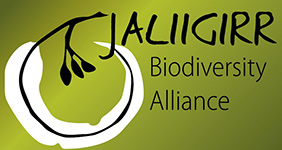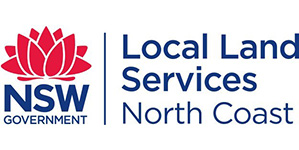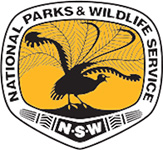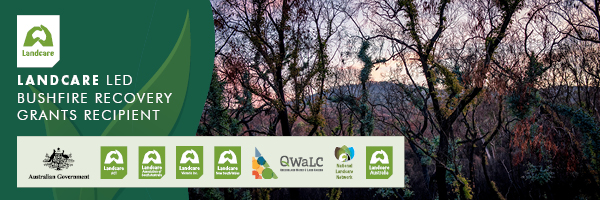
A new CHRL project funded through the Landcare Led Bushfire Recovery Grants is focusing on the recovery and resilience of Lowland Rainforest remnants in the Orara Valley. Due to large scale clearing in the Orara Valley over many years the Lowland Rainforest which would have once covered large areas of the valley has now been reduced to very small and highly fragmented remnants. In some locations it may just be an individual tree that is left. This makes these remnants very vulnerable to threats such as weed invasion, grazing, fire. This project aims to use local knowledge to map these remnants and rainforest individuals in the landscape and record vital information around species present that will enable then to be targeted for restoration projects and as potential seed sources for future projects. Collection of local native seeds will supply locally propagated plants to be used in restoration projects to increase the resilience of these important vegetation communities in the Orara Valley.
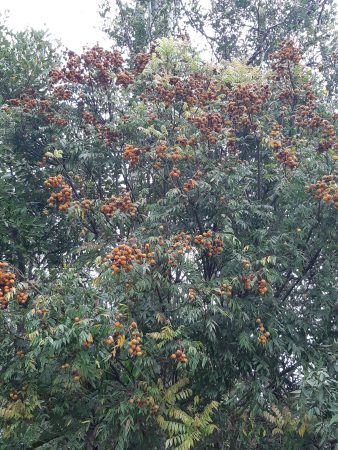
Foam bark (Jagera pseudorhus) in fruit
CHRL is also involved in a second Landcare Led Bushfire Recovery project managed by the Jaliigirr Biodiversity Alliance (JBA) which will see the strategic weed management of Lowland subtropical rainforest implemented over an area of 107ha across 11 properties in the Orara Valley, Glennifer area and Bindarii National Park. CHRL, a JBA partner, will manage restoration works on 2 properties in the Orara Valley.
Both these projects have been supported by the Australian Government’s Bushfire Recovery Program for Wildlife and Habitat.
Lowland Rainforest of Subtropical Australia is a nationally listed critically endangered rainforest community only found in low lying areas of QLD & NSW. Lowland suptropical rainforest generally occurs in low lying areas below 300 metres above sea level. Lowland subtropical rainforest is home to a wide diversity of animal and plant species with nutrient rich soils and a moist environment. The flora and fauna that make up this forest live in a delicate balance with each other, spreading seeds, breaking down dead material, recycling nutrients and playing a key role in the water cycle. The ecological community is usually a tall forest with a closed tree canopy cover and multiple canopy layers. Lowland subtropical rainforest is incredibly species rich and has the most diverse tree flora of any vegetation type in NSW. It also provides vital habitat for many native species including threatened fauna such as the Grey headed flying fox and the Wompoo and Rose crowned fruit doves.
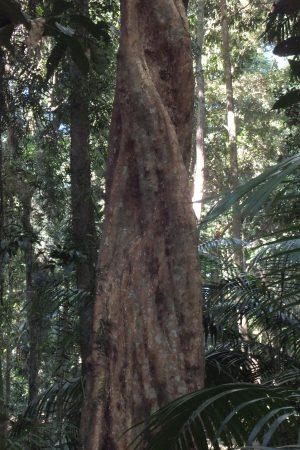
Unfortunately much of this rainforest has been cleared for agricultural purposes leaving only very reduced remnants. Where once highly connected across a landscape Lowland subtropical rainforest is now found in a highly fragmented state. Connectivity is important as it allows species to move more easily across the landscape. Therefore rebuilding the connectivity of these remaining patches is a very important management action. Significant disturbance of these rainforests through clearing and grazing has made it very susceptible to weed invasion with the weeds competing with native plants for space, water and nutrients. Highly invasive weeds such as camphor laurels, small leaved privet, cats claw creeper and lantana are weeds commonly found in lowland subtropical rainforests and can significantly impact on the integrity of the community. Trampling, browsing and grazing by pest animals and livestock and inappropriate fire regimes associated with burning off and hazard reduction and bushfire also pose a threat to the rainforest remnants. Therefore it is critical to protect and enhance remnant and regrowth rainforest areas through weed control, revegetation, live stock management and appropriate use of fire.

